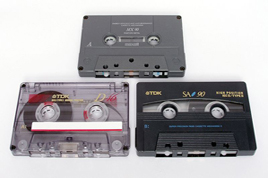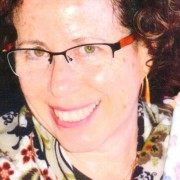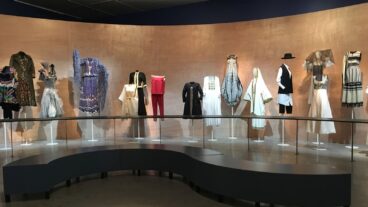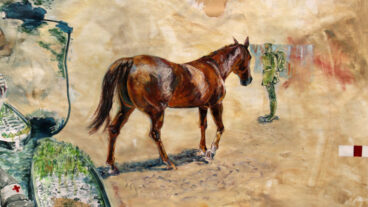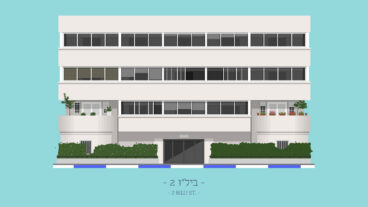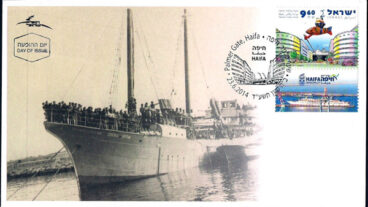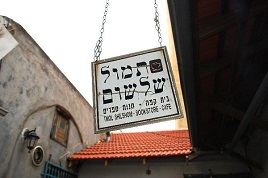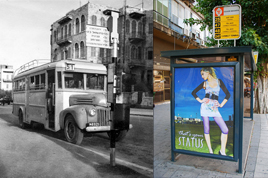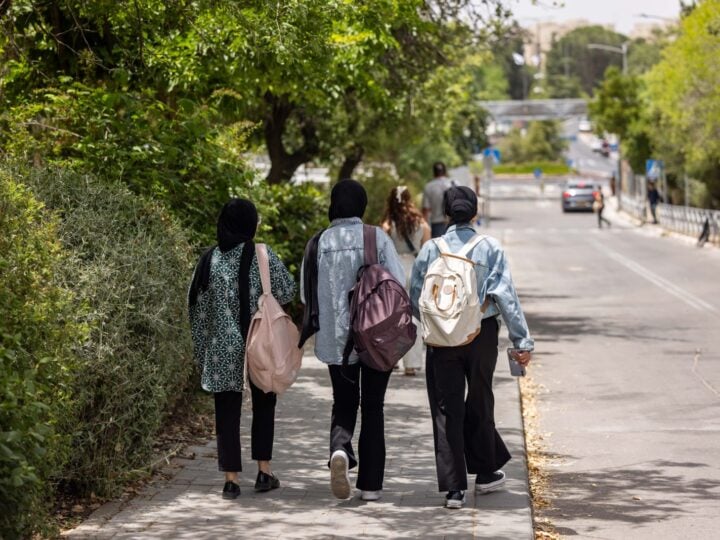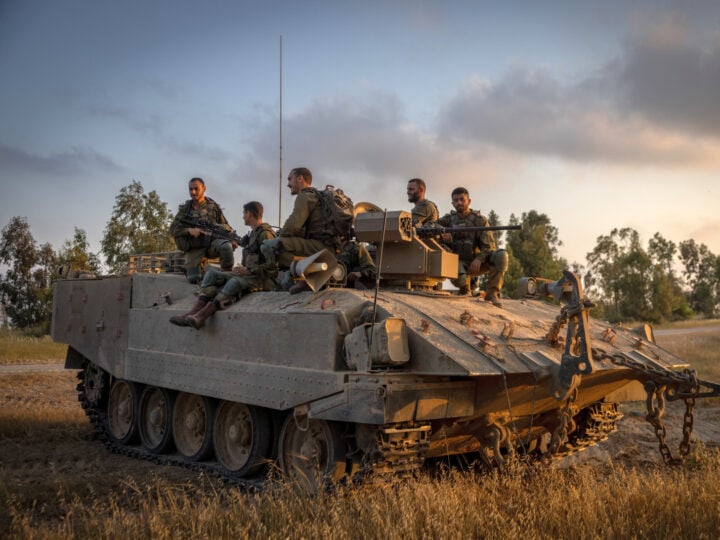Marking 75 years since the Kristallnacht attacks of November 9-10, 1938, the Hebrew University of Jerusalem’s Oral History Division announced the launching of a new website where the public can search and access 900 previously unavailable Holocaust-related voice recordings and transcripts.
One of the earliest-recorded oral history archives of the Holocaust, this new resource will provide educators with an invaluable teaching tool and will benefit the study, research and production of materials relating to the Shoah.
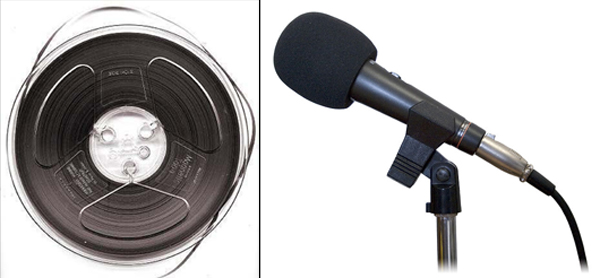
They include interviews conducted in the early 1960s when the reservoir of survivors — in particular those who were adults during the war — was much larger and their memories less affected by the passage of time. For many survivors these interviews were the first time they had given an account of their experiences. The collection developed over the past 60 years as more research was undertaken, and as interest in the period developed and broadened.
The public can access the materials online at http://bit.ly/ohd-shoah, through a new website created with the assistance of the Hebrew University of Jerusalem’s Multimedia Department.
Prof. Dalia Ofer, the Max and Rita Haber Prof. of Holocaust and Contemporary Jewry, Emeritus at the Avraham Harman Institute of Contemporary Jewry, said: “These on-line testimonies are an outstanding contribution that will help spread knowledge and understanding of the Jews’ daily lives and their struggle to survive during the dark period of the Holocaust.”
The collection is just a small part of the invaluable archive housed at the Oral History Division (http://oralhistoryeng.huji.ac.il), which contains the memories of individuals from Israeli and Jewish society throughout its modern history. The archive contains rare testimonies from Holocaust survivors, key individuals in the Zionist movement, organizations such as the United Jewish Appeal, men and women who grew up under the British mandate in Palestine, under Communist regimes in Eastern Europe, or in various Jewish communities throughout the world.
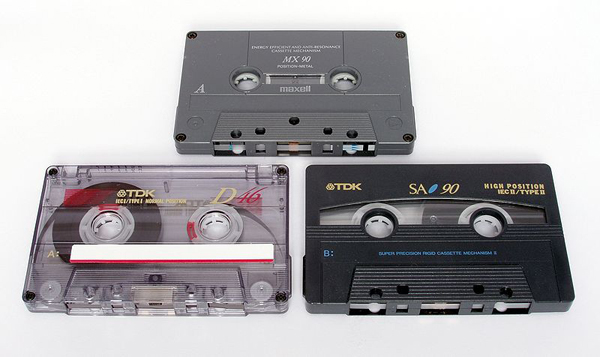
The catalog of the Holocaust Oral History Division includes collections of testimonies about Jewish activity in the Bergen Belsen Displaced Persons Camp 1945-1952; the Bricha mass movement of Jews out of Eastern Europe to Central and Southern Europe; child survivors in Israel; cultural and educational life in the Theresienstadt ghetto and in the family camp in Auschwitz; German Jewry under Nazi rule in the 1930s; Holocaust Survivors in the United States; the role played by Jewish chaplains in the US Army in rehabilitating European Jewry; the fate various Jewish communities during and immediately after the Holocaust and much more.
The Oral History division is part of the Hebrew University’s Avraham Harman Institute of Contemporary Jewry. The Holocaust collection has been made available through the support of the Conference on Jewish Material Claims Against Germany.
The Avraham Harman Institute of Contemporary Jewry [ICJ] began collecting oral histories for the purposes of historical research in 1959. Researchers can visit the Oral History Division’s collection of more than 10,000 interviews in 20 languages to read transcripts and listen to recordings. Digitized interviews are also being made available on the web. Online at http://oralhistoryeng.huji.ac.il.
All images courtesy of Wikimedia Commons.




